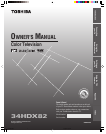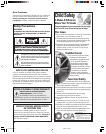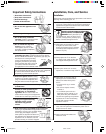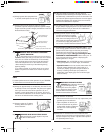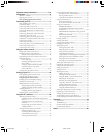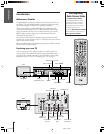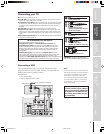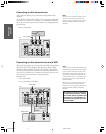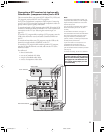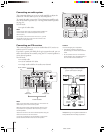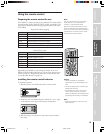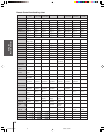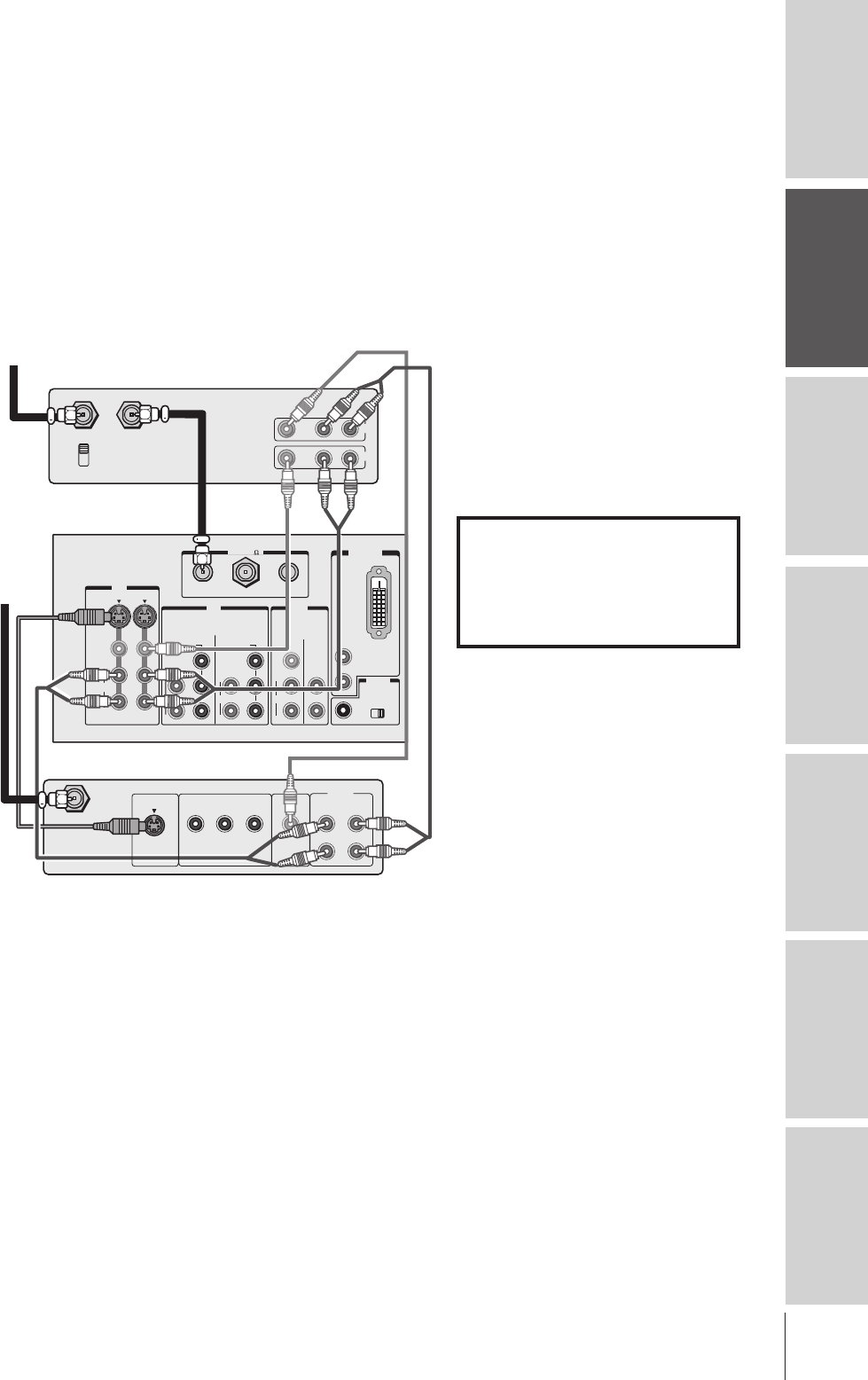
9
Introduction
Connecting
your TV
Using the
Remote Control
Setting up
your TV
Using the TV’s
Features
Appendix
Index
IN from ANT
VIDEO AUDIO
OUT to TV
CH 3
LR
CH 4
IN
OUT
IN from ANT
ANT-1 OUT ANT-2
ANT(75 )
S-VIDEO
VIDEO
L/
MONO
AUDIO
R
VIDEO-2VIDEO-1
Y
P
B
P
R
L
Y
P
B
P
R
AUDIO
COLOR
STREAM
HD - 2
COLOR
STREAM
HD - 1
R
L
AUDIO
R
OUT
AUDIO
CENTER
CHANNEL IN
L/
MONO
AUDIO
ON OFF
VIDEO
VAR
AUDIO
L
R
R
IN
IN
L
R
DVI / HDCP
IN
VIDEO
OUT
S-VIDEO
OUT
AUDIO
COMPONENT VIDEO
OUT
L
R
L
R
P
R
P
B
Y
Note:
For the highest possible picture quality from
aDVD player or satellite receiver without
component video or DVI/HDCP, use an
S-video cable. (If your DVD player has
component video, see page 10. If your set-top
box has component video, see page 11. If
your DVD player or satellite receiver has
DVI/HDCP, see page 13.)
Do not connect both an S-video cable and
astandard video cable between the TV and
DVD player/satellite receiver at the same
time, or the picture performance will be
unacceptable.
Do not connect the DVD player/satellite
receiver and VCR to the same video channel
on the TV. (The illustration at left shows the
DVD player/satellite receiver connected to
Video-1 on the TV, and the VCR connected
to Video-2 on the TV.)
TV
From antenna
Stereo VCR
From satellite
dish (for satellite
receiver only)
DVD player or satellite receiver
The unauthorized recording, use, distribution,
or revision of television programs, videotapes,
DVDs, and other materials is prohibited under
the Copyright Laws of the United States and
other countries, and may subject you to civil
and criminal liability.
Connecting a DVD player or satellite receiver
and a VCR
This connection allows you to watch DVD/satellite, VCR, and TV
programs, and record one TV channel while watching another
channel.
You will need:
• two (or three, if satellite receiver is used) coaxial cables
• two sets of standard A/V cables
• one pair of standard audio cables
• one S-video cable
34HDX82(E)07-14 8/20/02, 3:56 PM9



